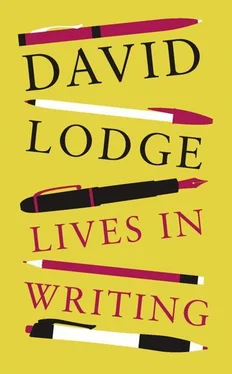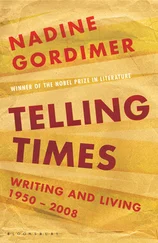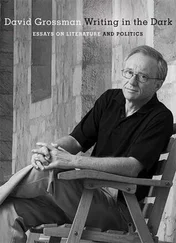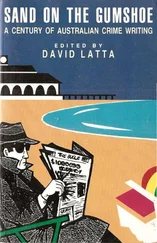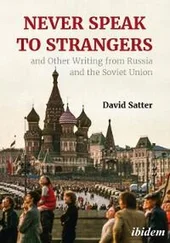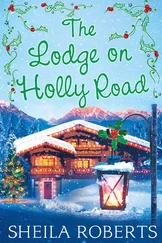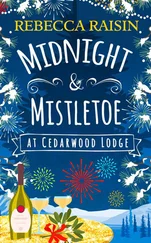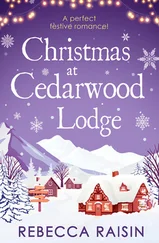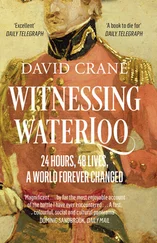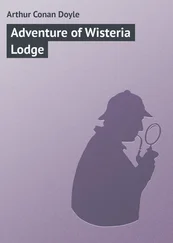Shields’s manifesto is an exhilarating challenge to fresh thinking on these matters, but I don’t share his disillusionment with the fictional novel, or his tolerance of the fraudulent nature of Frey’s book. It’s a matter of the implied contract between writer and reader. The words, ‘a novel’, on a title page are a clear declaration that the book is not purely historical, and that is crucial. But there are many different ways of combining fact and fiction, and each work must be judged on its own terms. Some bio-novels, for instance, put their historical characters into situations which they never actually experienced, or imagine encounters between historical characters who never met. Among the several novels about Henry James published after mine and Colm Tóibín’s was Lions at Lamb House (2007), by Edwin Yoder, a Pulitzer Prize winner in the field of journalism, in which Henry James’s brother William, the famous Harvard-based philosopher and psychologist, arranges for Sigmund Freud to visit Henry James, and submit him to a full-scale analysis to get to the bottom of his depression. Another was What Alice Knew (2010) by Paula Marantz Cohen, which has Henry, William and their invalid sister Alice collaborating to solve the mystery of Jack the Ripper’s identity. Cynthia Ozick published a tale called Dictation in 2008 about a mischievous conspiracy between Henry James’s and Joseph Conrad’s secretaries. These books are of varying literary merit, but few readers are likely to be misled about their relation to reality.
There is another kind of bio-novel which gives historical characters fictional names, to signal that it is a work of imagination rather than history. Not surprisingly, this is a device of which Antony Beevor approves. An example is Gaynor Arnold’s Girl in a Blue Dress (2007) in which Charles Dickens is recognisably portrayed as the hugely popular Victorian novelist ‘Alfred Gibson’, seen from the point of view of his wife ‘Dorothea’ (Catherine Dickens). The novel deals mainly with the couple’s courtship and married life, which became increasingly unhappy and ended when Dickens fell in love with the actress Nellie Ternan and separated from Catherine. It ends with a long scene in which the question of whether Dickens’s relationship with Nellie was sexual, which Dickens denied, and scholarly research has been unable to determine, is answered in an interview between the widowed Dorothea/Catherine and the character representing Nellie, a meeting for which there is no evidence and which is inherently unlikely. In this novel Alfred Gibson both is and is not Dickens. Dorothea both is and is not Catherine. We read with a kind of double vision, and when something occurs in the story that seems improbable or inconsistent with our knowledge of Dickens or Catherine we attribute it to their fictional avatars (in the cybernetic sense of that term). It is well done, but the constant readjustment of the reader’s assumptions and expectations, which this convention requires, weakens the illusion of being immersed in the subjectivity of a historical person.
Having eventually read and enjoyed The Children’s Book , I would not describe it as a biographical novel, but as a work of fiction built on a foundation of extensive historical research. There are resemblances between several of the characters and real people of the period which, for the reader who recognises them, enhance the authenticity of the novel’s presentation of social history, but it would make perfect sense to a reader who did not. And there are always more important differences than resemblances, not least in the unlikeable character of the writer Herbert Methley whose controversial views on sex, and seductions of young women, associate him with Wells, but who is in most respects quite unlike H.G. Reinforcing this point, Wells is in fact one of several historical figures of the time who are referred to by name in the novel, and sometimes have walk-on parts, to give specificity to its historical context.
The kind of biographical novel I write is based on documented facts about historical persons, and does not invent any action or event with significant consequences for them, but uses fictional methods to explore and fill the gaps in our knowledge, which is primarily the subjective experience of the persons involved and their verbal interaction. It makes a different contract with the reader from those implied in the novels mentioned above. In A Man of Parts (as in Author, Author ) I spelled it out in a prefatory note:
Nearly everything that happens in this narrative is based on factual sources — ‘based on’ in the elastic sense that includes ‘inferable from’ and ‘consistent with’. All the characters are portrayals of real people, and the relationships between them were as described in these pages. Quotations from their books and other publications, speeches, and (with very few exceptions) letters, are their own words. But I have used a novelist’s licence in representing what they thought, felt and said to each other, and I have imagined many circumstantial details which history omitted to record.
I quoted copiously from letters (with kind permission from the Wells Estate) for two reasons: firstly they give a vivid sense of what the writers were thinking and feeling at critical moments in their lives, and secondly they provide the reader with an occasional reality check on the narrative. The reader can be sure that events the letters refer to actually happened, and assess the consistency of other details in the novel with those facts. In a few places I was obliged to compose fictional letters or fragments of letters because the originals were unobtainable or because it seemed the most plausible means for information in my source material to be passed from one person to another, and I listed these in an appendix to the novel.
This is the most controversial kind of bio-novel because it comes closest to the territory of the historian and biographer, while being quite different in its aims and (apart from quoting from the subject’s letters and publications) in methods. Applying techniques that evolved in the nineteenth- and twentieth-century novel, especially ‘free indirect style’, which fuses third-person narration with a character’s inner voice, and alternating this kind of discourse with passages of dialogue, a bio-novel can convey a more immediate sense of a person’s life as lived than biography, representing it through his or her consciousness, and in their verbal interaction with others. Biographers are confined by their rules to a more limited repertoire of narrative modes and stylistic effects. The voice of the biographer, writing well-formed prose, which may of course be eloquent and witty and a pleasure to read, reports the life mostly in a summary style — partly because there is usually so much life to get through, but mainly because so much circumstantial detail is irrecoverable. When it comes to explaining motivation for which there is no hard evidence, the biographer is forced to rely on formulae like, ‘He may have thought. .’, ‘Perhaps at this moment she was reminded. .’, etc. The biographer’s voice remains inevitably dominant, while the novelist can present such speculative material in the inner voice of the character. To make this distinction is not to denigrate biography, but to argue that there is something to be gained by representing the lives of real, historical figures with the techniques of the novel. Hilary Mantel’s comment on her treatment of the events leading up to the execution of Anne Boleyn, in Bring Up the Bodies (2012), her sequel to Wolf Hall , is apropos:
Until now this story has not been told through [Thomas] Cromwell’s eyes. What can a novelist add to the painstaking work of historians? Perhaps nothing; all she can do is create a parallel version, an intimate version, sneak you into rooms where the door is barred. The affair was a conspiracy. It did not, by its nature, leave those traces in the written record that historians need to understand it. Perhaps we can’t understand it unless we feel it: the foetid atmosphere of Henry’s court, seething with malice, superstition, fear. ( Guardian Review , 3 October 2012)
Читать дальше
